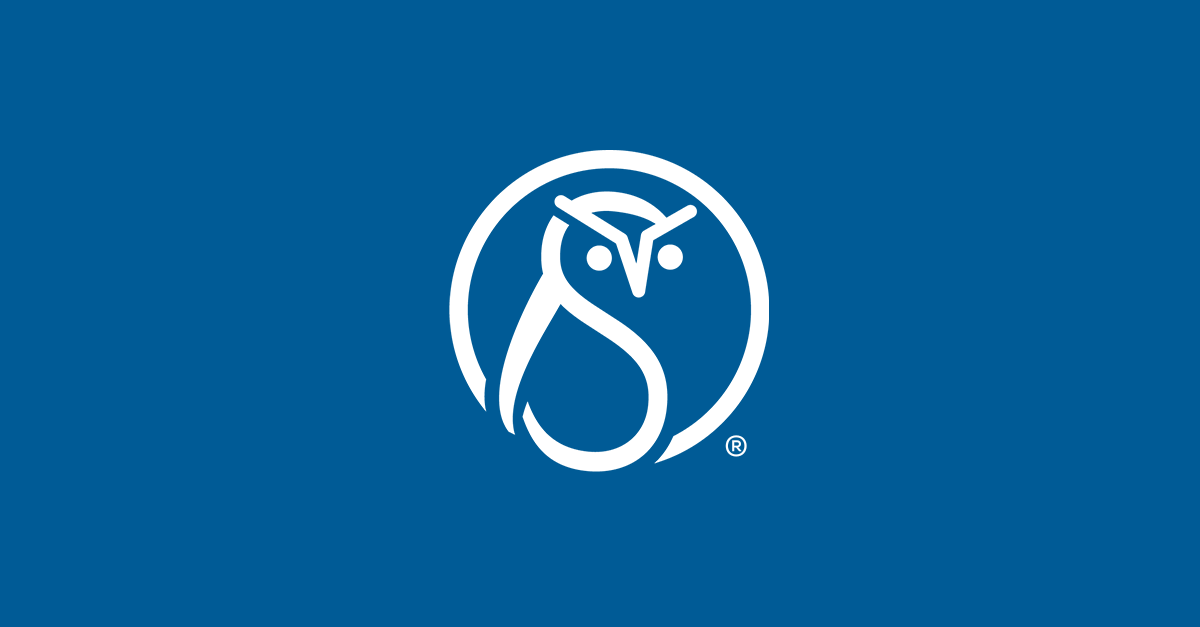Tekom thoughts
You know you’ve had a bad travel week when you cannot wait to compose the complaint letter to the airline. But sandwiched between flight problems, I had a great time in Wiesbaden at tekom/tcworld 2011.
Some impressions…
When “good enough” isn’t good enough…
DITA adoption rates are much higher in North America than in Europe. In Europe and especially Germany, DITA is considered a reasonable foundation, but only usable after extensive customization (not specialization!) to ensure that it is an exact fit for a company’s requirements. In North America, organizations carefully weigh the cost of specialization (not customization) against the value of a more precise content model and, often, decide that the basic content model is “good enough.”
The result is that North American companies tend to adopt the standard more or less as is. The German companies are doing a lot of customization work or building their own custom content models from scratch.
In Germany, there is no “good enough.”
As a result of the emphasis on custom content models, the market-leading tools and technologies, especially CMSes, are different in Germany than in North America.
Culture and presentation style
There’s been a good bit of discussion about German-style presentations versus English-style presentations (Kai Weber and in German, Axel Regnet). It’s important to note that the dozen (or so) Canadians and Americans presenting at tcworld are all highly experienced presenters who attend 5–7 conferences a year. It’s a little unfair to compare us to someone who presents once a year and doesn’t do this for fun (!).
There’s also a major difference in the audience behavior. 70–80 percent of attendees at tcworld are non-native English speakers. Within that group, the language proficiency varies from excellent to “hanging on by their fingernails.” This audience profile tends to greatly reduce the number of questions that are asked—people are not confident in their ability to formulate a grammatically reasonable question on the fly, in public.
I understand the problem (my French is awful), but it does make it more difficult to do a sort of interactive presentation. Audiences are more reserved at tekom than at events in North America.
The typical questions are also different. In North America, many questions are along the lines of, “How can I apply this information to my specific situation?” In Europe, a more common question is, “You said X, but what about Y?” In other words, Americans try to apply the information to their specific situation and Europeans explore the logical underpinnings.
I’m not totally sure what to make of this, but it’s a clear pattern.
Fear, uncertainty, and doubt
I talked to a lot of people while at tekom, including lots of consultants and freelancers. Generally, the independents and the people who work for smaller companies are happier but also more stressed about their work. Many of the big-company employees are quite unhappy with their situation, but unwilling to give up the stability and the big paycheck.
I got a lot of questions privately about how to effect strategic change for technical communication. I threw out a couple of suggestions, but the response was always the same, “They don’t listen. They don’t care. I can’t get them to pay attention to this.” (Perhaps this ties into the unhappiness??)
This is a difficult situation. By the time an organization hires a consulting organization such as mine, they have recognized that there is a problem and are willing to spend money to make it go away. The individuals I spoke to understand that their organization faces a problem, and they want to fix it, but they have not been able to get the needed support.
The trick is to find the right lever. What sorts of issues do motivate upper management? Once you know where your particular company’s focus lies, you can tailor your arguments for change to emphasize how they support the current management focus.
If you think this sounds a bit sneaky, consider the alternative, which is to maintain the status quo because you can’t get anyone’s attention.
The right solution is affected by corporate cultures, locales, languages, industry, and more. One of the reasons I enjoy tekom is because of the opportunity to experience the diversity of technical communication around the world. This helps me understand better how my customer’s European parent organization is going to react to what those crazy Americans are proposing.
What was your favorite part of the conference?





Ed Marshall
Sarah,
A very thoughtful, well-written report!
Ed
Burke
Thank you for this insight. I think the buzzwords we have to come up with for US companies have to do with saving money and making more profit. That is the key where capitalism is more central than high quality.
Melanie Blank
Sarah,
Interesting…!
For someone who only knows about DITA at a high level (and hasn’t actually worked with it), please – what’s the difference between specialization and customization?
Thanks and regards,
Melanie
Kai
Thanks, Sarah, it’s good to hear a second opinion, since I was so overwhelmed myself (and feeling slightly schizophrenic, doing the US conference thing in Germany…). Also thanks for the shoutout and link to my blog! 🙂
Regarding the cultures of presentation, it’s my impression that German-speaking attendees are also more careful to ask questions in German-speaking sessions. I think many are afraid to ask a question that would seem obvious or stupid.
I agree with your assessment regarding questions: A German speaker would rather ask to explore the lay of the land, while an English speaker would aim to get ahead. (And to drive the geographical metaphor right into the ground: I can see all the way from the German Black Forest to the American frontier in that statement… 🙂 )
Oh, and my favorite parts of the conference:
– Meeting “old” friends and making new ones.
– Having fun at my own (English-speaking) session
Joe
Nice write-up. It is a wonderful conference, and the organizers take great care to take care of international speakers.
When I presented one year, one negative comment on my presentation was, “The speaker used different words from those that he presented.” In other words, he wanted me to read my preso! Funny how expectations are different.
Derek
Love your observations and commentary. Thank you!
RE getting your organization’s attention…last year, I determined that I really wasn’t speaking my organization’s language. I was talking techcomm to business thinkers and software developers. I realized that if I really wanted any traction at all, I needed to articulate the value of my approach using not only a more familiar language, but to do as you suggest and be able to show tangible value. So I got my Project Management Professional certification and went to work on a project plan touting, among other things, the business value of a new single-source and enterprise-wide strategy. Bingo!
A year later, we’ve been put into a self-contained team, built a content model from the ground up, and adopted an enterprise tool that is now being used across many departments.
I seems to me that an often ignored and invaluable compentency among technical writers is project management and business strategy. In fact, frequently I have observed technical writers getting into debates over style guide issues in the presence of software developers and business managers. It’s a quick way to lose thier interest, for sure.
Ray Gallon
Sara, I think you’ve got a perspicacious view of things here. I’d add that Europeans are also interested in making money, the just don’t talk about it in public. Some of the questions can be subtler attempts to dislodge the same information as American questioners.
It’s also true that quality has a different role for European countries (different in each, BTW), but t hat doesn’t stop th em from being obtuse as to real ROI.
It was great to spend time with you there.
Sarah O'Keefe
@Melanie: DITA has a mechanism for “legal” customization, which is called specialization. So, specialization is when you make changes or additions to DITA in an approved way that doesn’t break DITA. Customization is when you just change whatever you feel like, and the result is likely invalid DITA content.
Melanie Blank
Sarah – an extremely late thank you for your reply!!!!!
Melanie